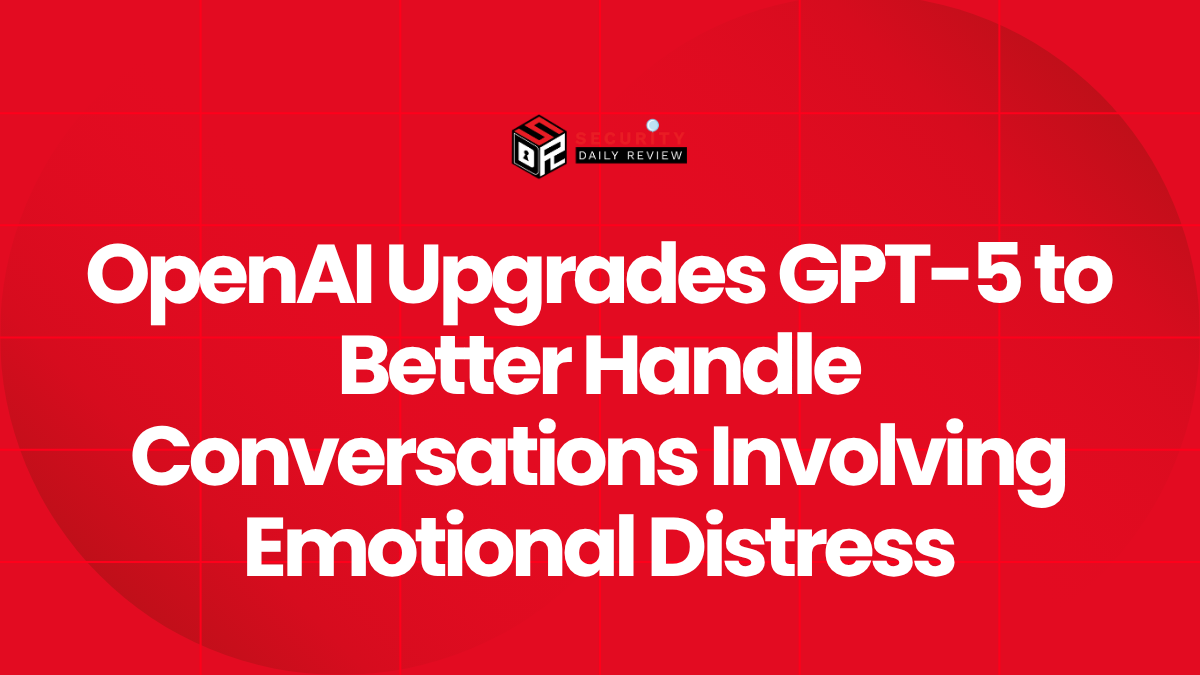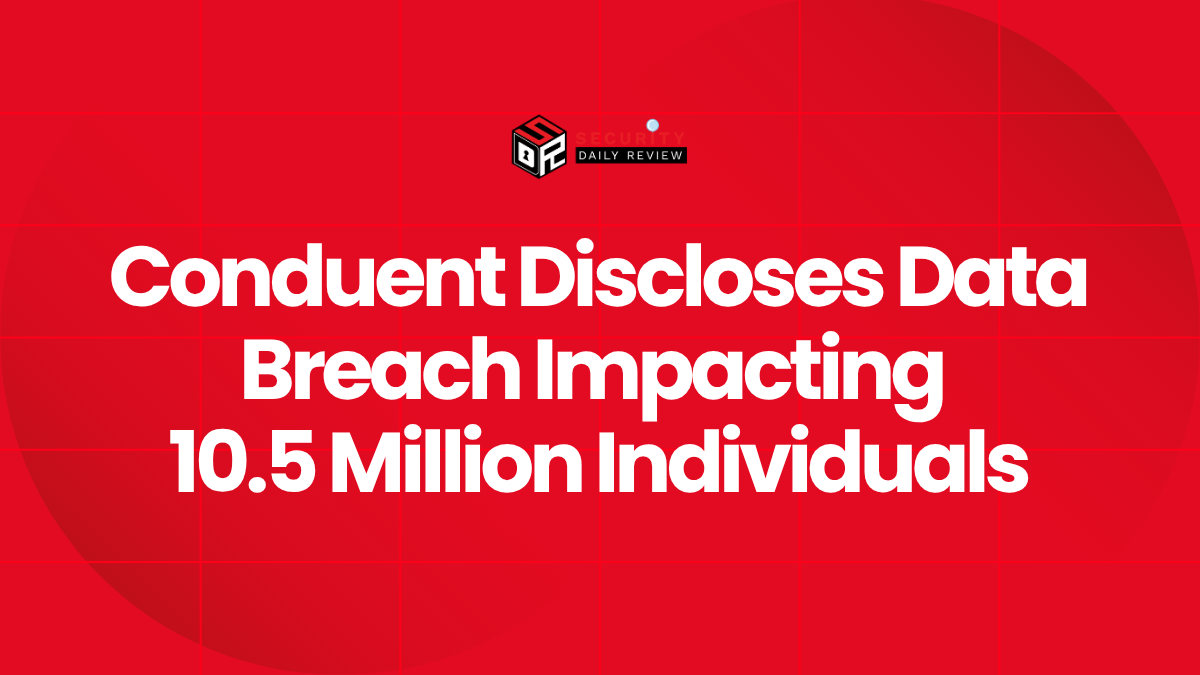A newly disclosed vulnerability in the Blink rendering engine, dubbed “Brash,” has exposed Chromium-based browsers to a potentially disruptive exploit that can be triggered with a single malicious URL. Discovered by independent cybersecurity researcher Jose Pino, the flaw can be used by remote attackers to instantly crash browsers like Google Chrome, Microsoft Edge, Brave, and others that rely on Chromium infrastructure.
Researcher Discloses “Brash” Vulnerability in Blink Engine
The flaw highlights deeper structural risks in browser engines like Blink.
Pino’s discovery centers on a critical weakness in Blink, Chromium’s open-source rendering engine responsible for displaying and parsing web-based content. According to his research, a specially crafted anchor element (“) containing malformed AND characters (`&`) within the Uniform Resource Identifier (URI) string is enough to destabilize and crash the entire browser stack as soon as the link is rendered by the engine.
The vulnerability does not require any user interaction beyond navigating to a malicious page — making it highly effective for denial-of-service (DoS) attacks and disruptive campaigns.
How the Crash is Triggered through Malformed Anchor Hrefs
Crafting the malicious URL exploits the browser’s crash-prone rendering logic.
The attack vector leverages a simple but malformed anchor (“). When the Blink engine tries to parse and render this incorrect format, it fails to handle the encoding properly and instead terminates execution — crashing the browser in the process.
In a video demonstrator posted by Pino, just opening a webpage with the crafted HTML snippet causes multiple Chromium-based browsers to crash without error messages or stability warnings. The flaw’s reliability and ease of reproduction demonstrate its potential for abuse in environments that rely on uninterrupted browsing functionality.
Impact Across Chromium-Based Browsers Raises Widespread Concerns
Most modern browsers are susceptible due to shared rendering components.
Because Blink underpins nearly all Chromium-derived browsers, the scope of the “Brash” vulnerability spans across:
- Google Chrome
- Microsoft Edge
- Brave
- Opera
- Vivaldi
- and other white-labeled Chromium variants
The uniform dependence on Blink means that unless patched quickly, the vulnerability could be used to cause service disruptions across enterprise and consumer systems alike. While the flaw appears limited to causing browser crashes—not remote code execution or data exfiltration—it still presents a significant nuisance, especially in high-availability work environments and critical infrastructure contexts.
Potential Use in Automated Browser-Based DoS Campaigns
The low effort required to implement the exploit raises red flags.
The singular requirement for attack execution—a user visiting or being redirected to a hostile webpage—means the vulnerability could be weaponized at scale. Malicious actors could embed the crafted URL in phishing emails, ad networks, or user-generated content on forums and comment sections.
Because the exploit bypasses user interaction, even security-aware users could be affected without warning. While the vulnerability does not allow for direct sandbox escape or code injection, recurrent crashes in enterprise environments could result in:
- Loss of browser-based session data
- Disruption of software-as-a-service (SaaS) platforms
- Increased incident response overhead
- Reduced user productivity
Chromium Project Response and Patching Timeline
Mitigation efforts rely on timely Blink engine updates.
At the time of reporting, the Chromium project had not publicly acknowledged the vulnerability or issued a patch. Since the discovery bypasses conventional exploit protections and targets a core component of how pages are rendered, a fix may require deeper changes to URI parsing routines and anchor tag sanitization.
Until a patch is released, organizations are advised to:
- Monitor browser logs for unexpected crashes
- Apply strict URL filtering in web-facing applications
- Restrict user access to unknown or untrusted websites
- Educate staff about suspicious URLs in emails or chats
While the bug’s impact is currently “only” disruptive, it underscores long-standing concerns about the complexity and fragility of browser rendering engines when faced with malformed yet valid HTML content.
Browsers Remain Highly Interconnected and Vulnerable
The “Brash” vulnerability underscores how even a lightweight rendering issue can have far-reaching effects across the web ecosystem due to the shared architecture of modern browsers. As reliance on Chromium continues to grow, maintaining the integrity and resiliency of core components like Blink is no longer just a developer concern—it is vital for cybersecurity resilience. For now, cyber defenders will need to stay alert for signs of exploitation and prepare for rapid rollout of upstream patches once they are released.









